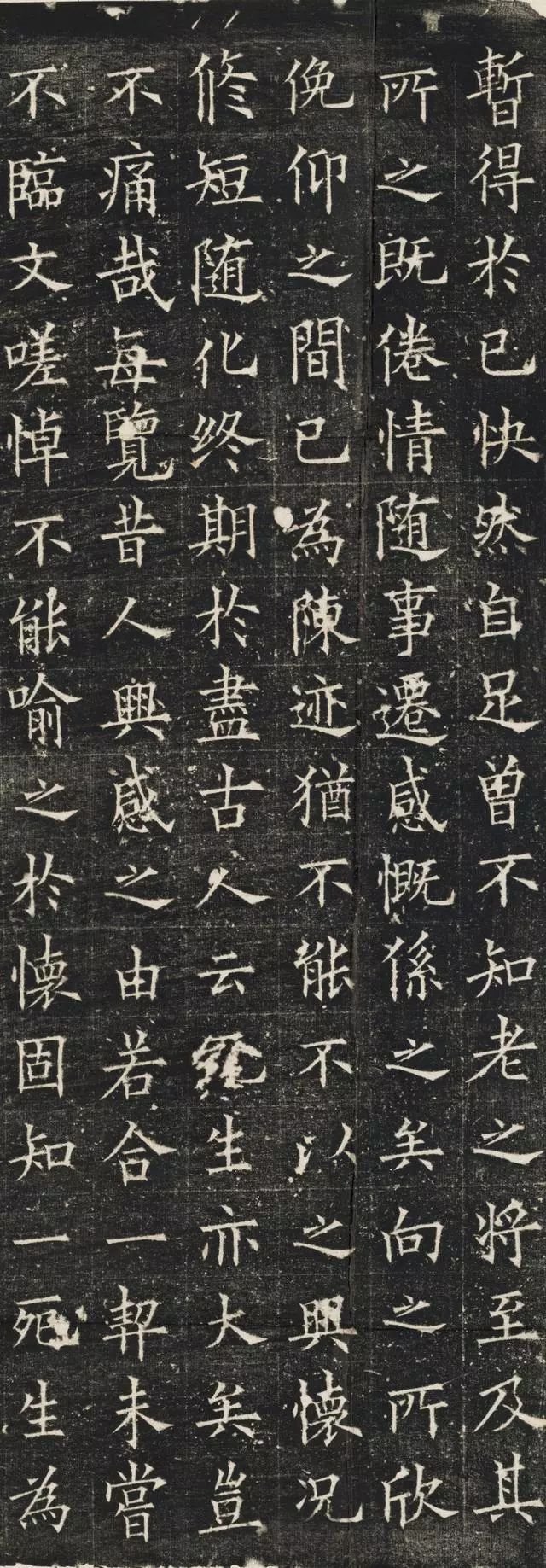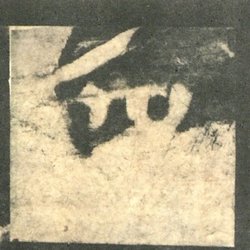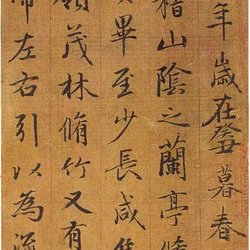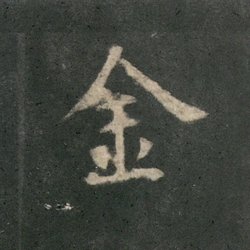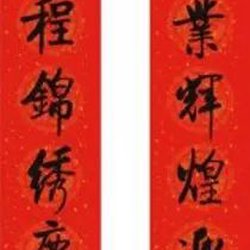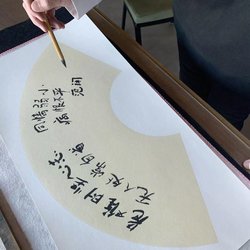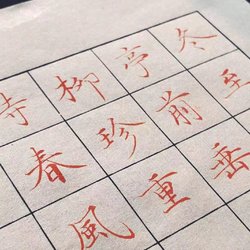Ouyang Xun's "Orchid Pavilion", written in regular script, was written in February of the second year of Zhenguan (628) by Emperor Taizong of the Tang Dynasty. The strokes are straight and vigorous, the structure is dangerous and rigorous, and the momentum is elegant and powerful. It can be called a pearl in the treasure house of European calligraphy art.
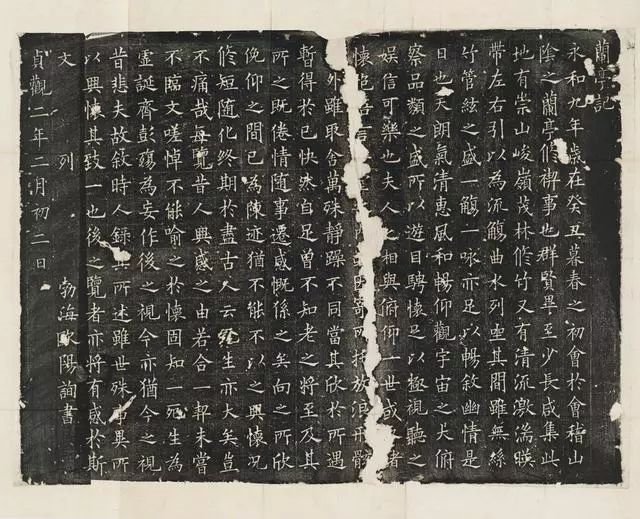
Ouyang Xun's calligraphy created a new style of Tang Kai with its calm, rigorous, vigorous and pretty characteristics, and became an important calligraphy style with wide influence.

Ouyang Xun's calligraphy incorporates the characteristics of Han Li and Wei and Jin regular scripts. He studied the inscriptions of the Six Dynasties, absorbed the strengths of his family, and integrated them thoroughly. Calligraphers of all ages have spoken highly of Ouyang Xun's calligraphy. Zhang Huaijin of the Tang Dynasty commented: "The eight body parts of the inquiry are as powerful as those of the others, and the writing power is dangerous and powerful. The seal body is particularly exquisite, and the flying white crown is outstanding. It is superior to the ancients. It is like the image of a dragon and a snake fighting, the clouds and mist are lightly caged, the wind is whirlwind and the thunder is strong, and the movements are like God. The decay of Zhenxing comes from the fire order, and it is integrated into one body. It is as dark as an arsenal of spears and halberds, and the wind god is stricter than Zhiyong..."
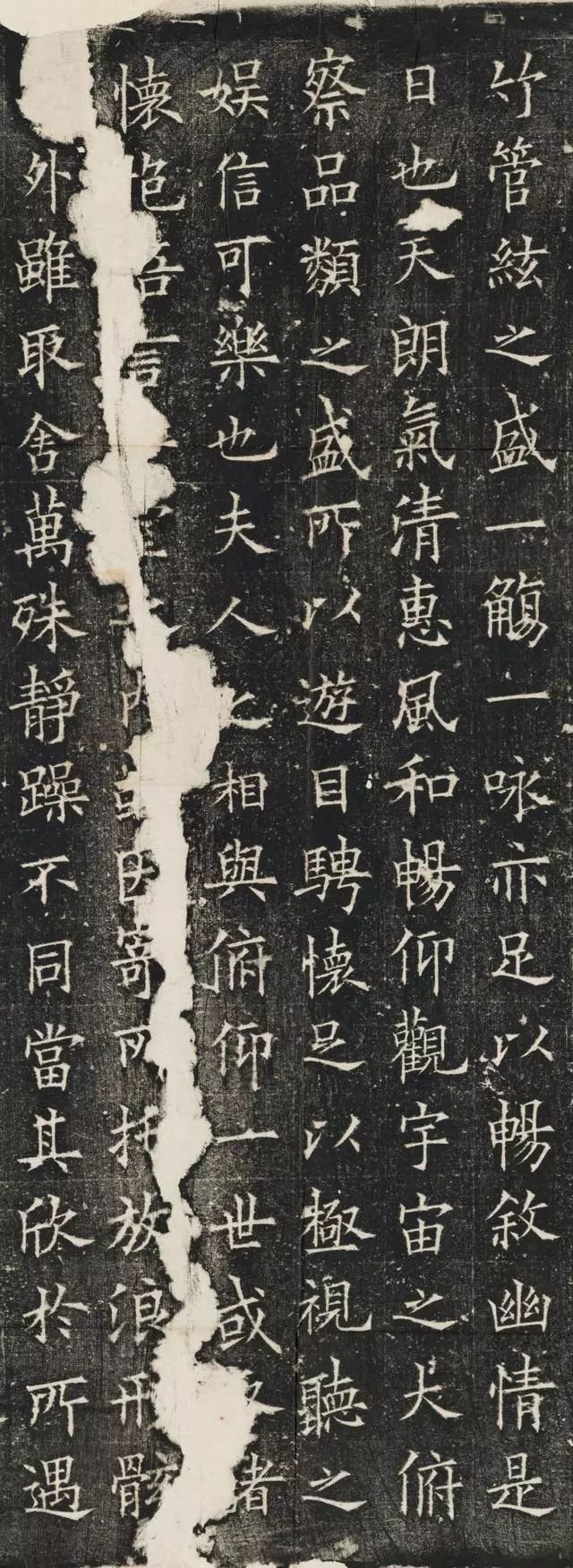
Ouyang Xun not only initiated the flat and steep regular script style of the early Tang Dynasty, but also had considerable insights in the theory of calligraphy. Some of his calligraphy treatises that have been handed down to this day include "Thirty-Six Methods", "Eight Secrets", "Teaching Methods", and "Brushwork Methods".
